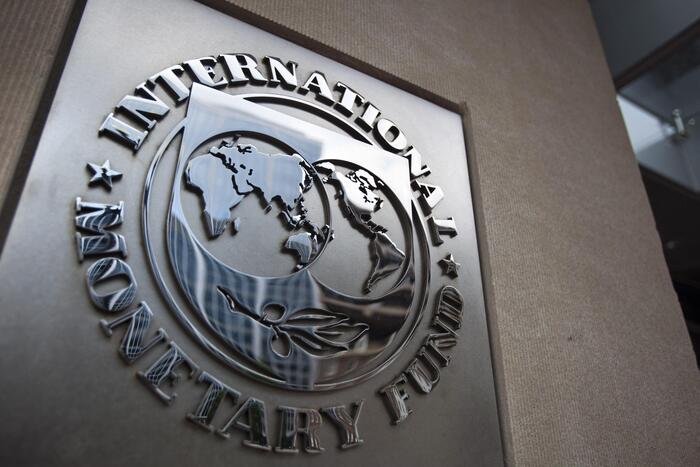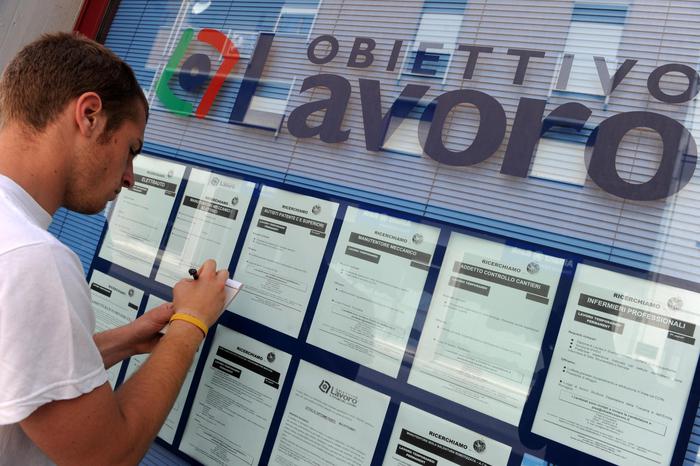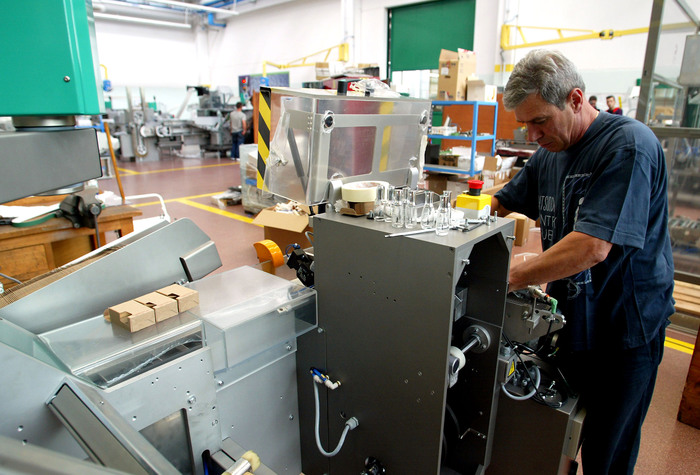The growth of the Italian economy stalled. In fact, despite the lower velocity, it turned in the opposite direction, closing out 2022 with a negative final quarter.
Between October and December, GDP fell 0.1 percent, falling below the European average and interrupting the streak of seven consecutive quarters with a plus sign. But thanks to tourism and services, the drop was less than expected by analysts, who had predicted a sharper slowdown of -0.2 to -0.4 percent allowed to happen.I take the full-year growth to 3.9 percent, higher, in this case, even the government’s estimate. In an update note to Def, revised and corrected at the beginning of November by the new CEO at Meloni, economists at MEF actually pointed to a 3.7 percent increase in GDP in 2002, with a critical slowdown to +0.6 percent. Public. It now seems, despite the fact that the specter of recession is still lingering somewhere, more than achievable.
Istat’s estimates, which are still preliminary for now, actually calculate a 0.4 percent increase in 2023 based on last year’s performance, and the Italian economy will still grow, albeit at a slow pace. But Lower energy prices internationally, at least for the time being, could lead to an expectation of more than zero growth in the coming months.
Not by chance The reading was also reversed by the International Monetary Fund, which, compared to the -0.2 percent expected for Italy in October, brought its estimate for 2023 to +0.6 percent, fully in line, as also confirmed by the Ministry of Economy, with Nadif.

Ansa agency
World slows less than expected and Russian economy holds together (ANSA)
Positive signals also come from the world of work, which, with a flurry of Istat data, shows a certain stability of the economy. Staff in December grew by 37,000 units in November and 334,000 units in December 2021, although the vast majority are men. The unemployment rate, that is, the number of people seeking work out of the total active population, remained unchanged at 7.8 percent at the same levels as in November and decreased by one percentage point compared to December 2021. The youth unemployment rate decreased to 22.1 percent, as did the number of inactive people. Those between the ages of 15 and 64 had an overall inactivity rate of 34.3%. On the other hand, the employment rate between the ages of 15 and 64 rose again, reaching its highest level since 2004, the start date of the historical series, at 60.5 percent. The total employed in the month was 23,215,000, which in this case is the highest level after June 2019. However, the weakness is there and lies in the now profound impact of inflation that has been and continues to be taking place on income.

Ansa agency
The number of employed persons in Italy in December increased by 37 thousand units in November and 334 thousand units in December 2021 (ANSA)
The gap between wage growth and price increases widened significantly in 2022, to 7.6 percent. A value it has never reached before, or at least since 2001, the first year of publication of the Harmonized Price Index at European level. Last year, the contractual season turned 33 collective agreements: there was an increase in contractual wages, but on average for the year it was equivalent to +1.1 percent. Instead, the average price change was 8.7 percent. “The cutting of the wedge envisaged by the maneuver is a small step, but more is needed,” comments the Confesercenti, which calls for tax exemption on wage increases set by national agreements: “an intervention that would help to resume bargaining and for wages, allowing households to regain lost purchasing power At least in part.” Instead, the Confcommercio research office speaks of an economic picture “of great fragility”, which nevertheless confirms the role played by the third sector in the significant stabilization at the end of 2020.

In the fourth quarter of 2022, Italian GDP decreased by 0.1% compared to the previous quarter and grew by 1.7% in trend. This is a reflection
The trend compared to the cyclical +0.5% recorded in the third quarter and seven consecutive quarters of growth. The quarterly variation, Istat emphasizes, is a synthesis of a decrease in value added both in the agricultural, forestry and fishing sector, and in the industrial sector, while services show growth. On the demand side, there is a negative contribution from the national component (gross inventory) and a positive contribution from the net foreign component.
The growth gained for 2023, which could be achieved – based on the direction of 2022 – if all quarters of this year recorded zero change in GDP, is 0.4%. Forecasts in the teaser developed by Meloni’s government at the beginning of November point to a 0.6% GDP increase for the year.
In the fourth quarter of last year, GDP growth in 19 countries of the eurozone slowed down again: the increase was equal to 0.1% compared to 0.3% in the previous quarter. In the European Union as a whole, growth has been equal to zero. This was announced by Eurostat based on first flash estimates. According to this data, Italy’s GDP fell by 0.1% in the October-December period. Last year as a whole, GDP growth was 3.5% in the eurozone and 3.6% in the EU as a whole.





Leave a Reply